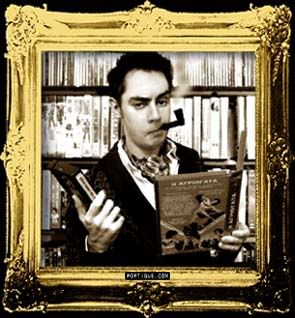SUPERMAN RETURNS & GIANTS ARE COMING!
From the sublime, to the ridiculous. Or perhaps the sublimely ridiculous, to be more exact...
Onar Films are preparing to unleash another collection of Turkeywood comic book capers - this time featuring reasonable facsimiles of the Man of Steel himself - Superman!

I don't know about you, but I can't get enough of Turkish super-hero movies - and like buses, if you wait around long enough you get two at the same time! Supermen Donuyor (Returns) - possibly the most blatant example of power-packed plagiarism ever committed to celluloid - comes from 1979, and the DVD includes an interview with director Kunt Tulgar. Just check out the beguiling trailer:
Frankly, I can't remember a disc I was so eager to own since the last Onar release. As much as I love Turkeywood Pop Cinema, the care, attention and most importantly English subtitles that Bill lavishes on them puts the bootleggers to shame, makes these rarities a joy to behold! With a brace of trailers, bios and stills also squeezed on, this is a must own for any curious comic book, exploitation or cult movie fan!!
From the sublime, to the ridiculous. Or perhaps the sublimely ridiculous, to be more exact...
Onar Films are preparing to unleash another collection of Turkeywood comic book capers - this time featuring reasonable facsimiles of the Man of Steel himself - Superman!

I don't know about you, but I can't get enough of Turkish super-hero movies - and like buses, if you wait around long enough you get two at the same time! Supermen Donuyor (Returns) - possibly the most blatant example of power-packed plagiarism ever committed to celluloid - comes from 1979, and the DVD includes an interview with director Kunt Tulgar. Just check out the beguiling trailer:

1973’s Iron-Fists: Giants Are Coming features something for everyone: a Superman/Batman hybrid, an army of bikini girls and a transvestite super-villain in a wheelchair! (audio a bit loud on this...)
Frankly, I can't remember a disc I was so eager to own since the last Onar release. As much as I love Turkeywood Pop Cinema, the care, attention and most importantly English subtitles that Bill lavishes on them puts the bootleggers to shame, makes these rarities a joy to behold! With a brace of trailers, bios and stills also squeezed on, this is a must own for any curious comic book, exploitation or cult movie fan!!







